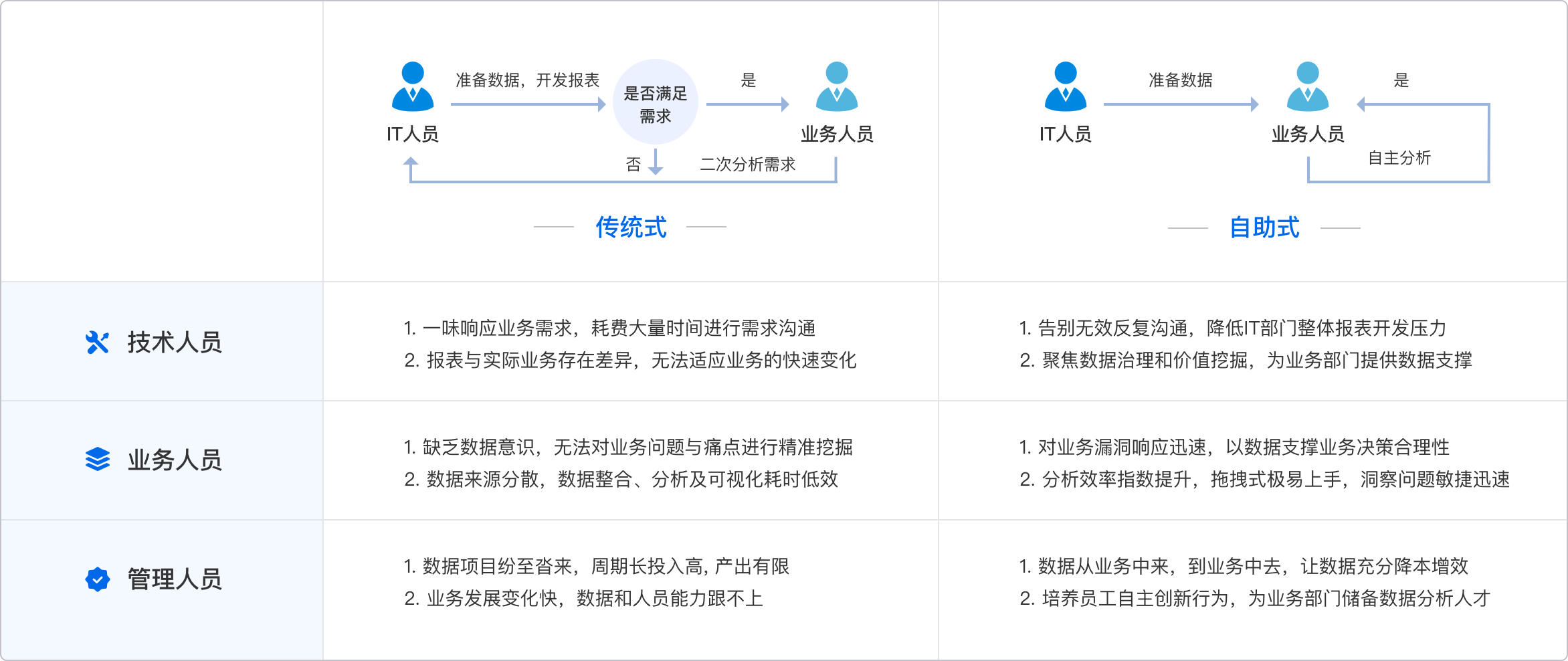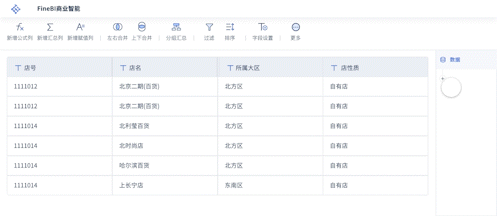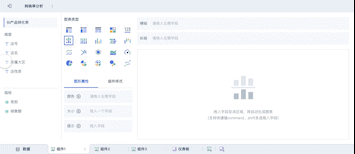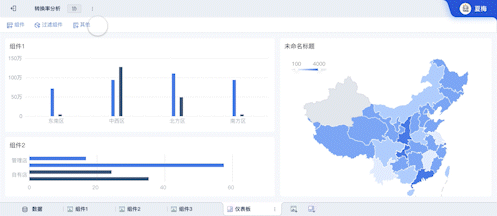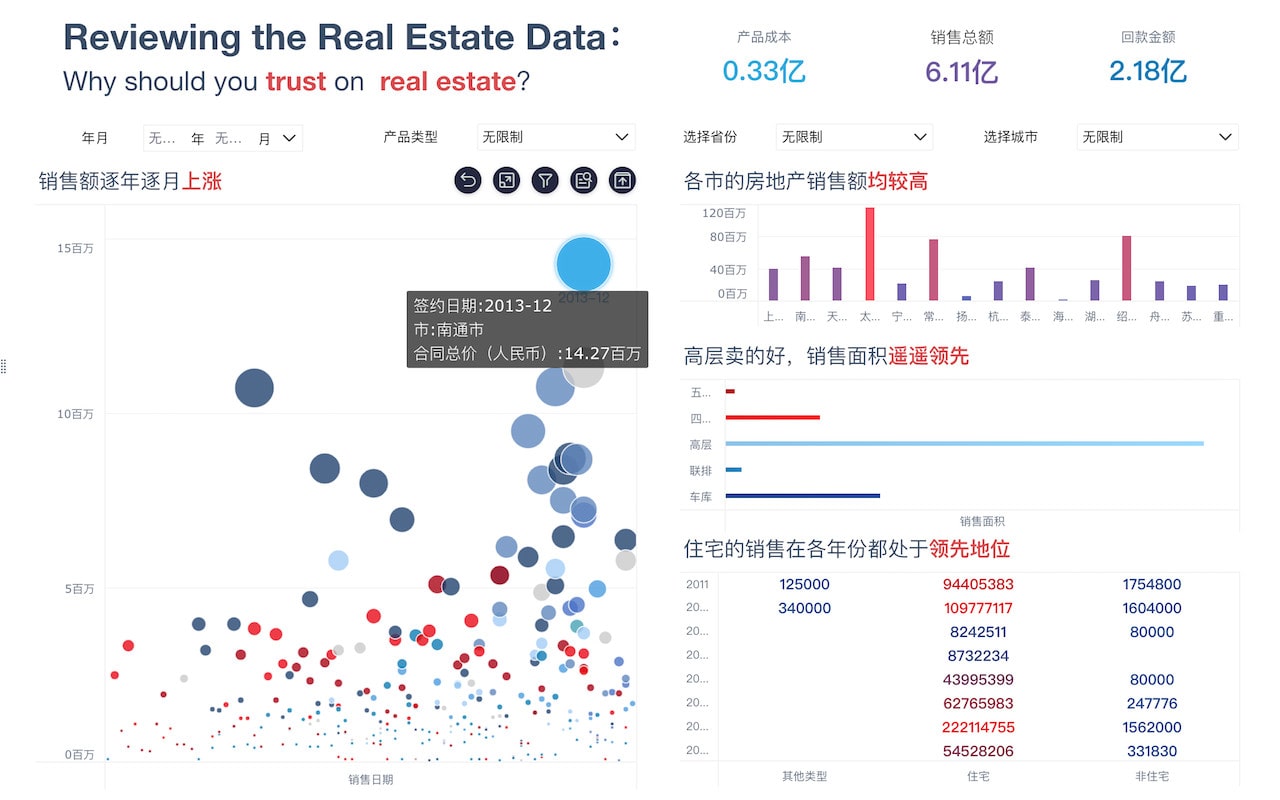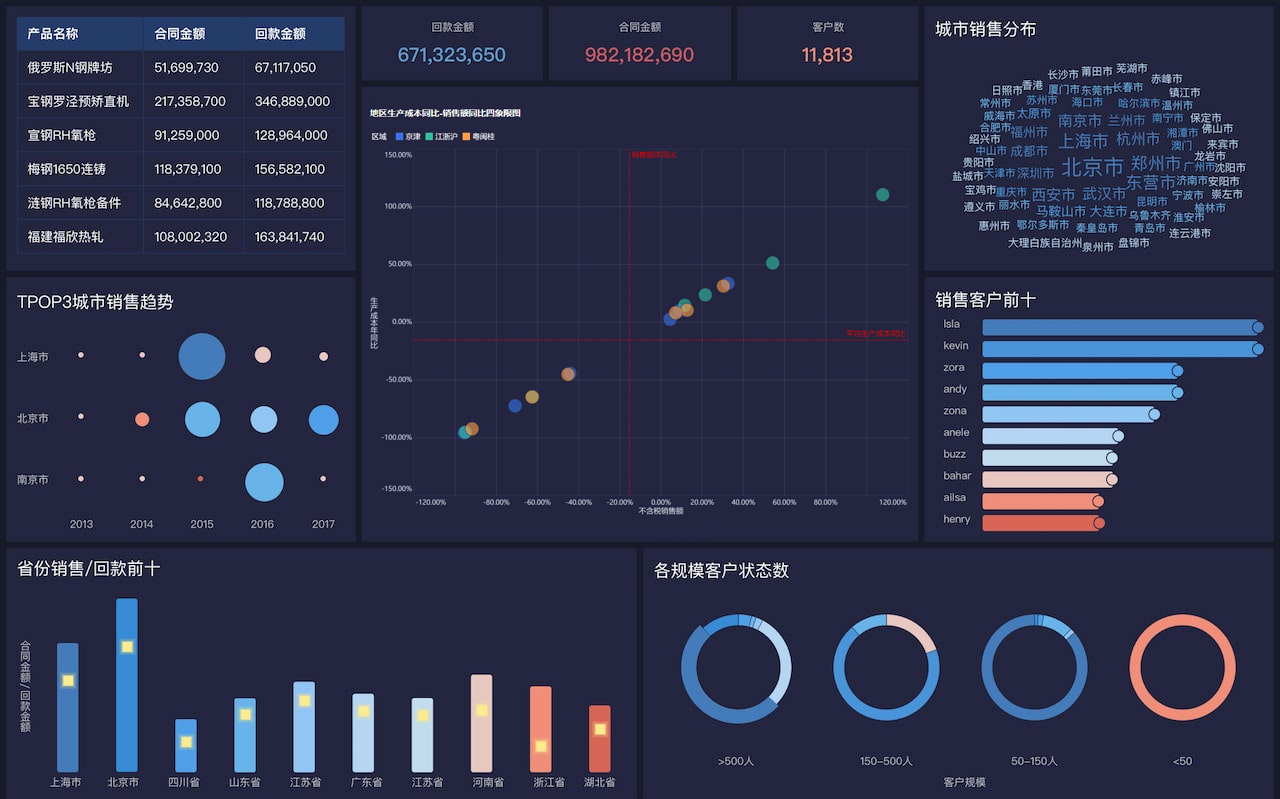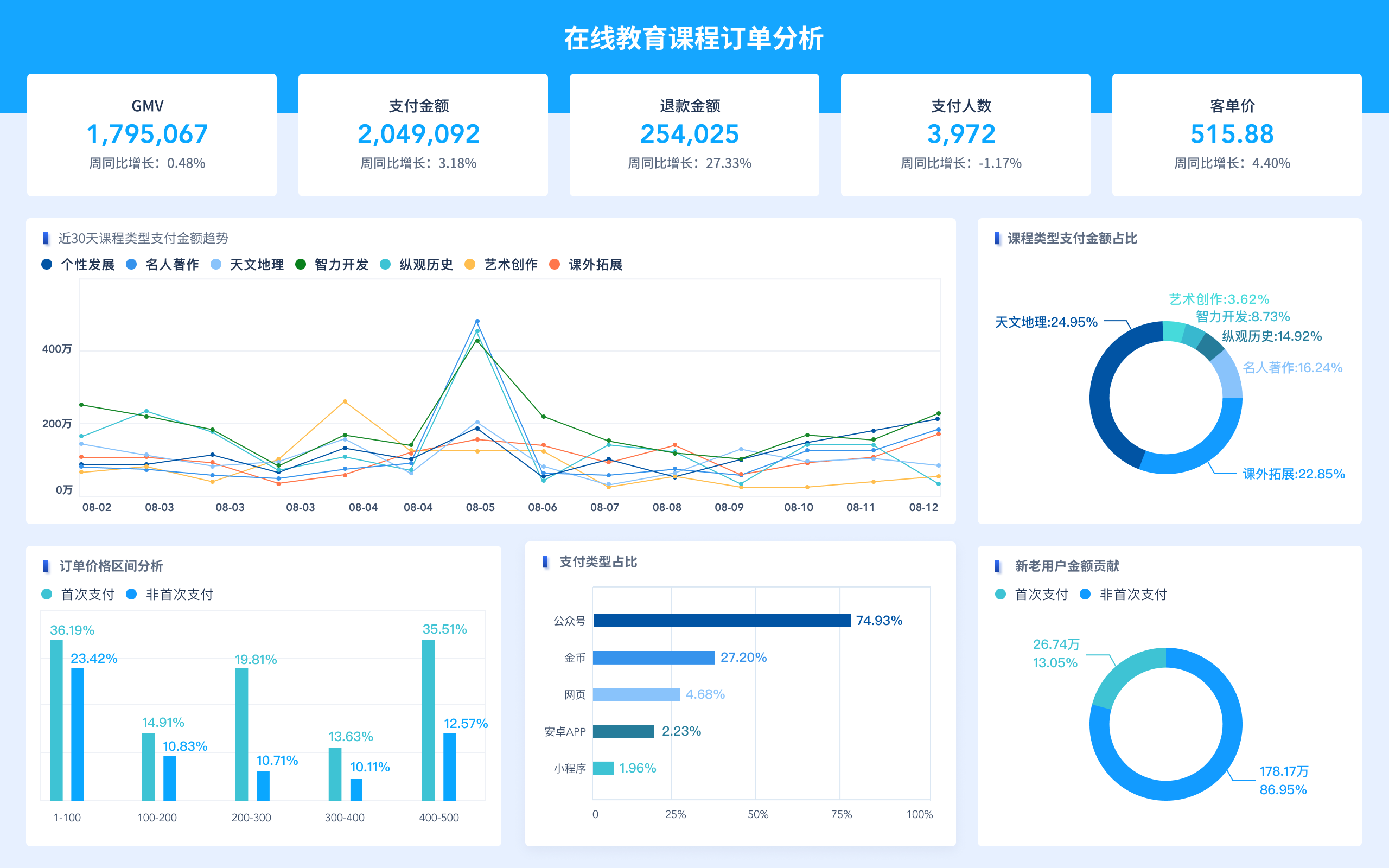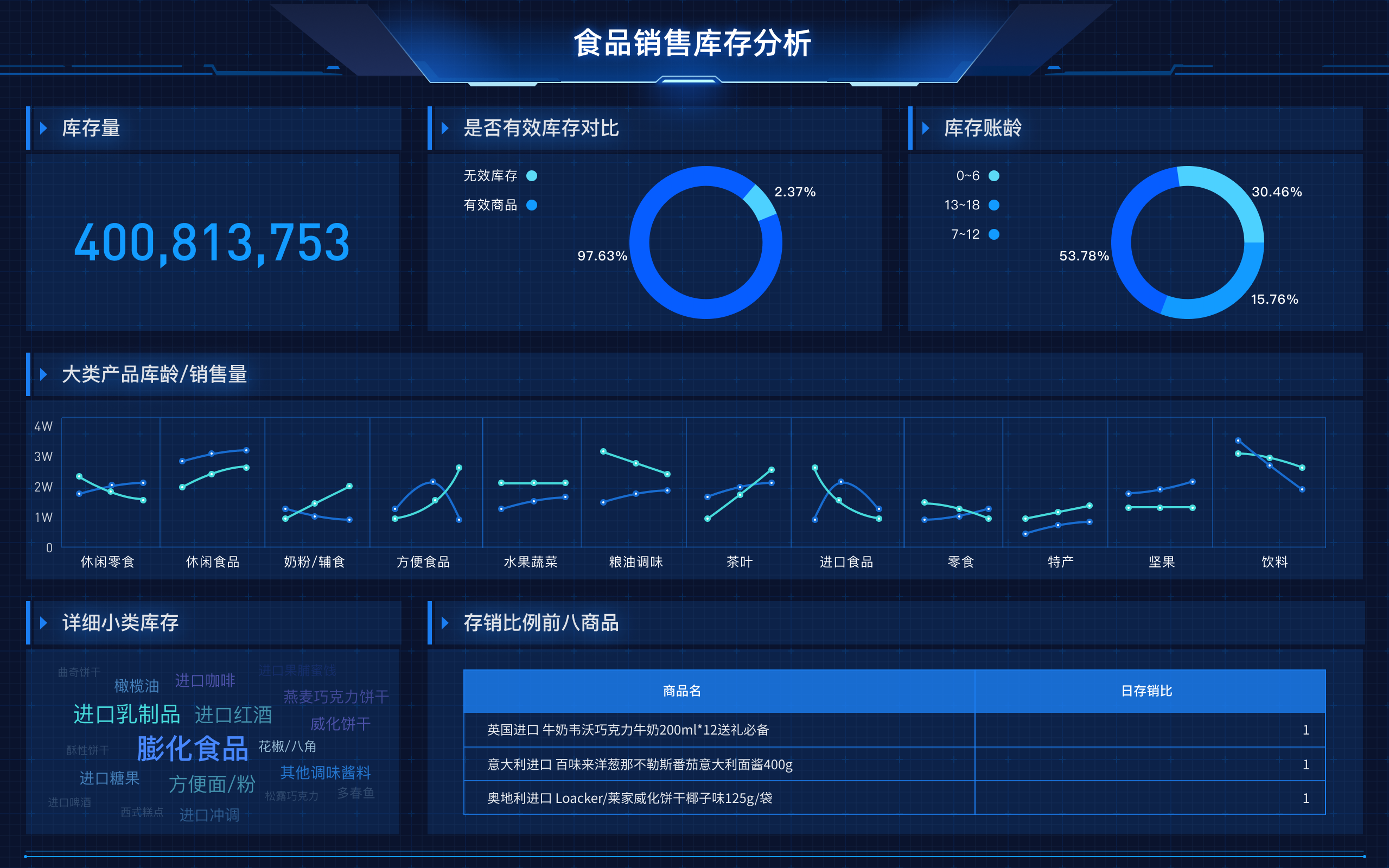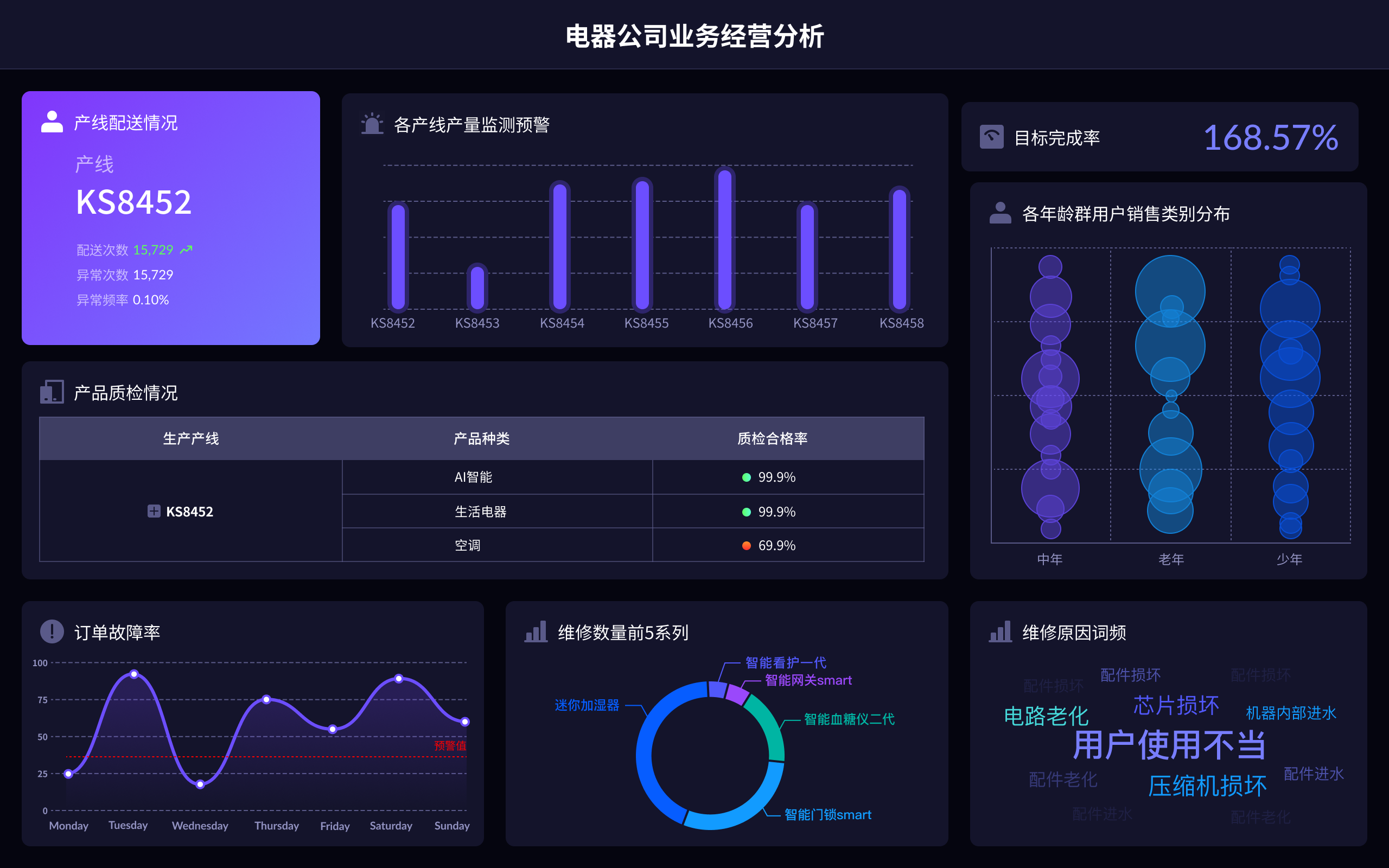
In English, "法语数据挖掘" translates to "French Data Mining".
FRENCH DATA MINING
French data mining involves the process of discovering patterns, correlations, and trends in large sets of data where the primary data source is in the French language. It is crucial for various applications including market research, sentiment analysis, and natural language processing. One key aspect of French data mining is the handling of the nuances and complexities of the French language, such as grammatical rules, idiomatic expressions, and cultural references, which requires specialized linguistic tools and techniques.
I、DEFINITION AND IMPORTANCE OF DATA MINING
Data mining is the practice of examining large databases to generate new information. It is a crucial component of data analytics and involves various methods at the intersection of machine learning, statistics, and database systems. The importance of data mining lies in its ability to transform raw data into actionable insights, which can drive decision-making processes, optimize business operations, and uncover hidden patterns. In the context of French data mining, this practice becomes even more specialized as it deals with data primarily in the French language, requiring an understanding of linguistic and cultural nuances to accurately interpret and analyze the data.
II、FUNDAMENTALS OF FRENCH DATA MINING
French data mining begins with data collection. This involves gathering data from various sources such as social media, websites, customer reviews, and other digital platforms where the primary language is French. Data preprocessing is the next step, which includes cleaning and organizing the data to ensure its quality and relevance. This step is critical as it involves dealing with linguistic challenges such as accents, diacritics, and regional variations in the French language.
Feature extraction follows, where significant attributes or features are identified and extracted from the text data. This process often requires natural language processing (NLP) techniques tailored for French. Tokenization, part-of-speech tagging, and named entity recognition are some of the NLP tasks that help in breaking down and understanding the structure of French text.
III、TOOLS AND TECHNIQUES FOR FRENCH DATA MINING
Several tools and techniques are specifically designed for French data mining. NLTK (Natural Language Toolkit) and SpaCy are popular Python libraries that offer extensive support for French text processing. Stanford NLP also provides tools for analyzing French text, including dependency parsing and coreference resolution.
Machine learning algorithms play a crucial role in data mining. Supervised learning, unsupervised learning, and reinforcement learning are different approaches that can be used depending on the nature of the data and the desired outcomes. Classification and clustering algorithms help in categorizing and grouping data based on patterns and similarities.
IV、APPLICATIONS OF FRENCH DATA MINING
French data mining has numerous applications across various industries. In marketing, it helps in understanding consumer behavior and preferences by analyzing social media posts, reviews, and feedback in French. Sentiment analysis is particularly useful in gauging public opinion and brand perception.
Healthcare is another domain where French data mining can make a significant impact. By analyzing medical records, patient feedback, and research articles in French, healthcare providers can identify trends, predict disease outbreaks, and improve patient care.
In finance, data mining can be used to detect fraudulent activities, analyze market trends, and make informed investment decisions. In education, it can help in assessing student performance, designing personalized learning experiences, and improving educational content based on feedback.
V、CHALLENGES IN FRENCH DATA MINING
One of the major challenges in French data mining is dealing with the linguistic diversity. French is spoken in various regions with different dialects and accents, which can affect the accuracy of data analysis. Homonyms and polysemes (words with multiple meanings) add another layer of complexity.
Data privacy and security are also significant concerns. Handling sensitive information requires compliance with regulations such as GDPR (General Data Protection Regulation), which mandates strict data protection measures.
Scalability and performance issues arise when dealing with large datasets. Efficient algorithms and robust infrastructure are necessary to process and analyze data quickly and accurately.
VI、FUTURE TRENDS IN FRENCH DATA MINING
The future of French data mining lies in the advancement of AI and machine learning technologies. Deep learning models, particularly those specializing in NLP, are expected to improve the accuracy and efficiency of French text analysis. Transfer learning and multilingual models like BERT and GPT-3 are also promising, as they can leverage knowledge from multiple languages to enhance French data mining capabilities.
Integration with big data technologies will allow for the processing of even larger datasets, providing more comprehensive insights. Real-time data mining is another emerging trend, enabling immediate analysis and decision-making based on live data streams.
Ethical considerations and responsible AI will become increasingly important. Ensuring that data mining practices are transparent, fair, and unbiased will be crucial in gaining public trust and adhering to regulatory standards.
VII、CASE STUDIES AND EXAMPLES
Case Study 1: Sentiment Analysis for a French Retail Brand – A French retail brand utilized data mining to analyze customer reviews and social media mentions. By applying sentiment analysis techniques, they were able to gauge customer satisfaction levels and identify common complaints. This led to improvements in their products and customer service.
Case Study 2: Healthcare Data Mining in French Hospitals – French hospitals implemented data mining to analyze patient records and feedback. This helped in identifying patterns related to common illnesses, treatment outcomes, and patient satisfaction. The insights gained were used to enhance patient care and streamline hospital operations.
Case Study 3: Financial Fraud Detection – A French bank employed data mining techniques to analyze transaction data and detect fraudulent activities. By identifying unusual patterns and anomalies, they were able to prevent significant financial losses and enhance their fraud detection systems.
VIII、BEST PRACTICES FOR FRENCH DATA MINING
Quality data collection is the foundation of effective data mining. Ensuring that data is relevant, accurate, and comprehensive is crucial. Data preprocessing should be thorough, addressing issues such as missing values, outliers, and noise.
Choosing the right tools and techniques is essential. Familiarity with French-specific NLP tools and machine learning algorithms will enhance the accuracy of analysis. Continuous learning and adaptation are necessary to keep up with the evolving nature of the French language and data mining technologies.
Ethical considerations should always be at the forefront. Ensuring data privacy, obtaining proper consent, and being transparent about data mining practices are critical for maintaining trust and compliance with regulations.
IX、CONCLUSION
French data mining is a specialized field that combines linguistic expertise with advanced data analysis techniques. Its importance spans across various industries, providing valuable insights and driving informed decision-making. Despite the challenges, advancements in AI and machine learning offer promising future trends. By adhering to best practices and ethical standards, French data mining can unlock the full potential of data in the French-speaking world.
相关问答FAQs:
法语数据挖掘的英文表达是 "French Data Mining"。如果您想了解更多关于如何进行法语数据挖掘的内容,或者需要一些具体的技术和方法,欢迎提出更具体的问题!
本文内容通过AI工具匹配关键字智能整合而成,仅供参考,帆软不对内容的真实、准确或完整作任何形式的承诺。具体产品功能请以帆软官方帮助文档为准,或联系您的对接销售进行咨询。如有其他问题,您可以通过联系blog@fanruan.com进行反馈,帆软收到您的反馈后将及时答复和处理。


